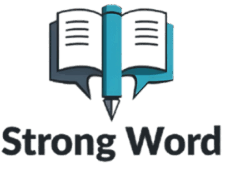Dyslexia reading programs have helped many people overcome the difficulties associated with reading and writing. Dyslexia is now known to be a common learning disability. A person with this condition has difficulty interpreting numbers, letters, and other symbols, yet it doesn’t affect overall intelligence. It is estimated that around 5-10 percent of the population suffer from dyslexia, which can be quite common.
The most widely known type of dyslexia reading programs involve teaching phonics systematically to learn words as a sequence. There are a variety of different approaches to teaching phonics, and these vary considerably. Some parents prefer to use whole word/phrase lessons so that children understand the rules of phonics and begin to associate each sound with a separate letter or digit. Other parents prefer to use unitary phonics books where words are broken down into smaller letters and digits. Still, other phonics books are based on rhyme schemes where words are matched to appropriate rhyming words.
Teachers of dyslexia reading programs can also incorporate various instructional aids into the curriculum, which will help kids with the problem areas. Different learning tools could include flashcards, palettes, charts, posters, and puzzles. Flashcards can be used to visually display the student’s current knowledge and can then be supplemented by related verbal cues, which the student can then apply to their next lesson. The charts and posters can be used to visually demonstrate the student’s weak areas and help them work through these weak points so that they can work towards mastering the concepts being taught.
For many dyslexics, phonics can be a significant stumbling block. This is particularly so for those who struggle with letters and their sounds. An effective dyslexia reading program must take this into account. In the Montessori reading program, children are taught phonics at an early age and are trained on how to identify the sound they are hearing. Once they understand the difference between individual letters and their sounds, they can read more efficiently.
The importance of teaching reading to dyslexic students cannot be overemphasized. A child needs to become able to identify letters and words from their environment. This process of becoming a reader involves the integration of different types of teaching, including phonics. The development of a child’s reading skills should be something you approach in a holistic fashion, which includes phonemic awareness, reading strategies, and a multisensory approach. By teaching reading to dyslexic students using multisensory methods such as teaching reading exercises and games, one can significantly improve their academic performance.






